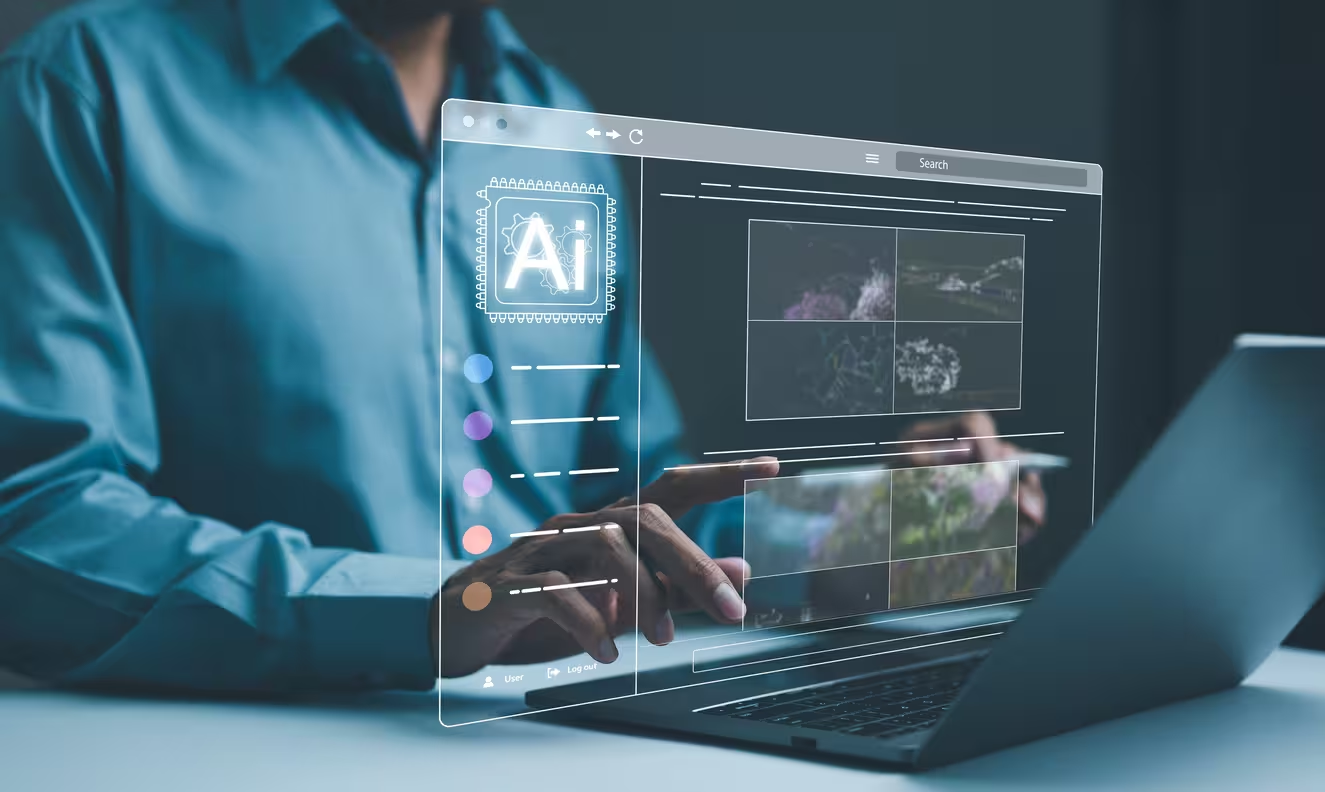Our team built a web-accessible platform with a clean, intuitive React-based front end that allows users to simply drag and drop CAD files for processing. We deployed this solution on scalable cloud infrastructure, enabling it to handle even the most complex CAD models without compromising performance.
A U-Net-based deep learning model powers the image-to-image conversion process, re-rendering 3D designs into compliant 2D patent drawings. This model is a convolutional neural network for precise image segmentation that drives many image generation models, including Midjourney and DALL-E.
We curated a massive, proprietary dataset of tens of thousands of approved patent drawings from the USPTO, EPO, and WIPO. Our U-Net model was trained on this data to convert intricate 3D geometries into black-and-white technical drawings. The model automatically applies correct line weights, scaling, view types, and all necessary formatting conventions to ensure full compliance.
Key features of this AI patent drawing automation platform include:
●
Automated drawing generation. The system parses uploaded CAD files and automatically creates compliant patent drawings, including top, side, sectional, and exploded views.
●
Built-in regulatory compliance. The AI ensures every drawing adheres to formatting standards, such as required margins, line clarity, sequential numbering, and black ink rendering.
●
Instant PDF export. Finished drawings are compiled into print-ready PDFs, properly formatted for immediate submission.
●
Seamless revision handling. When a source CAD file is updated, the platform intelligently identifies only the components and views that have changed. By reprocessing only the affected sections instead of the entire drawing set, it reduces revision times from hours to minutes.
●
Integrated payment processing. Stripe integration enables secure, hassle-free transactions directly within the platform.
As a result, we delivered a high-performance patent illustration tool that empowers legal teams to generate polished, standards-compliant drawings in a fraction of the time and without relying on external illustrators.




















